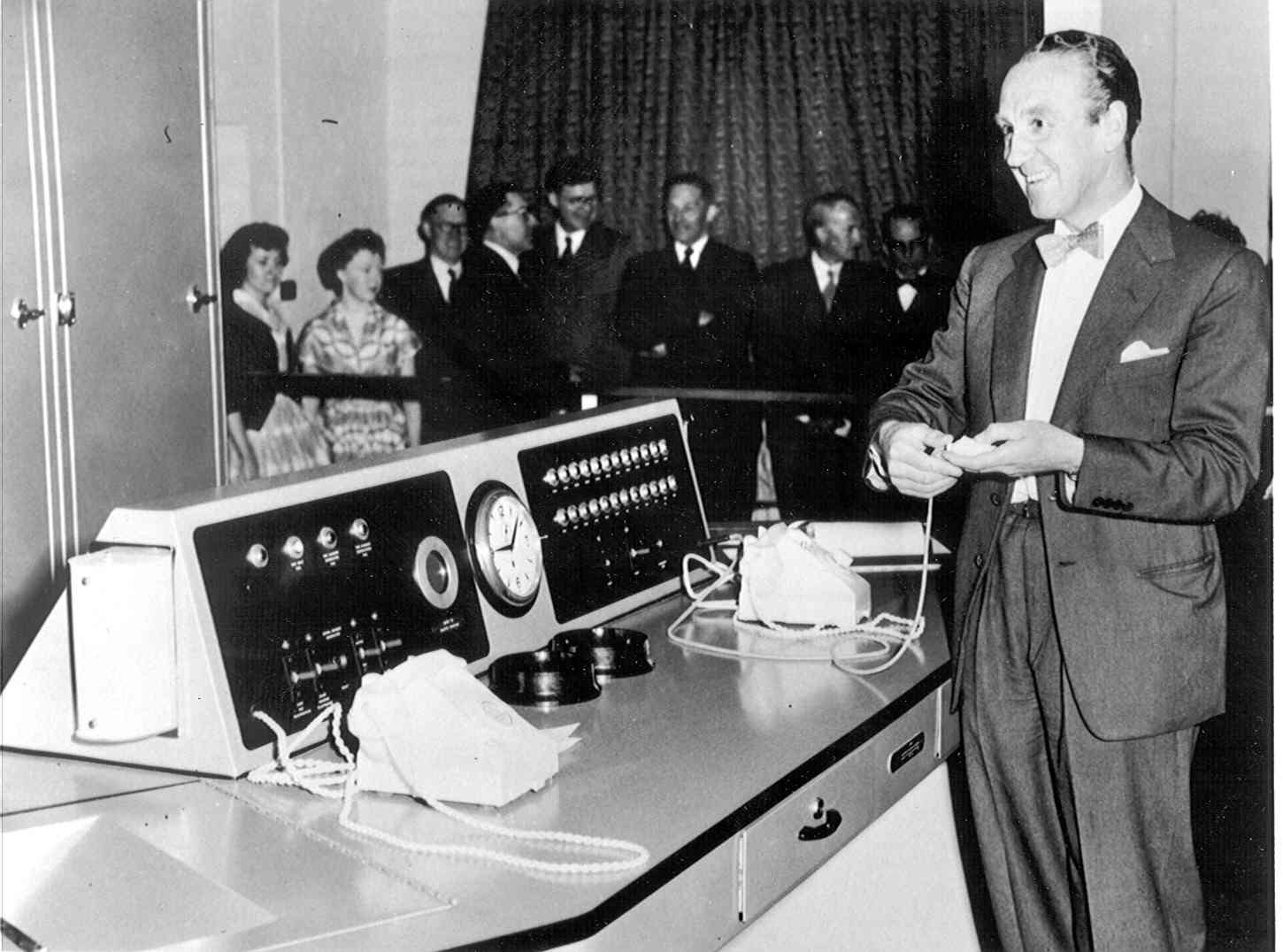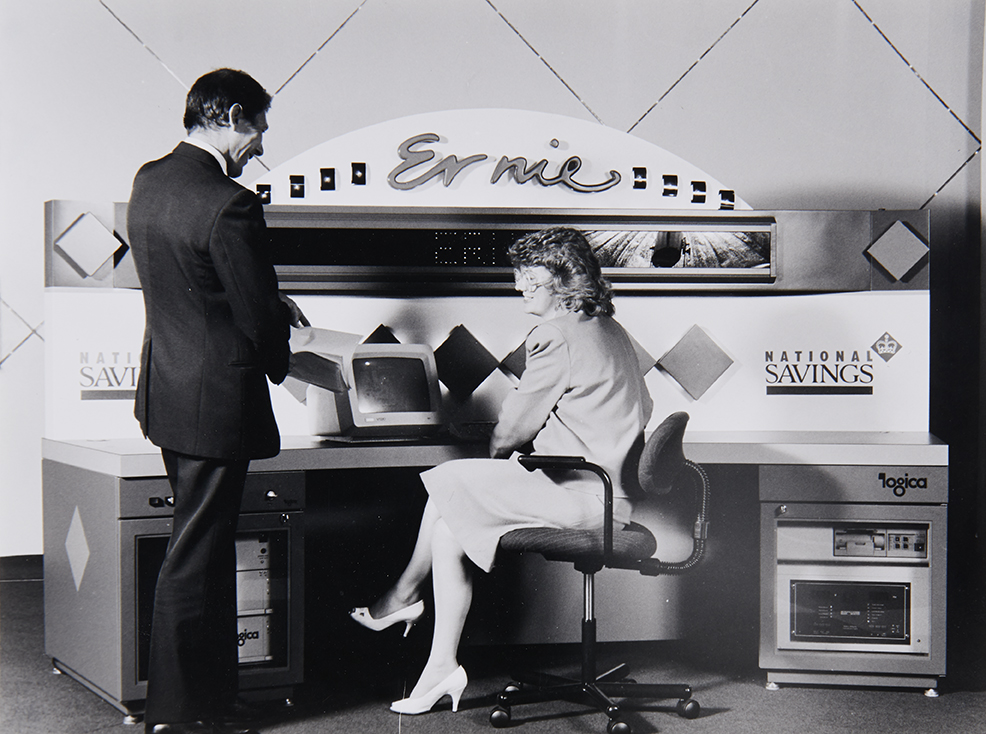But how can you prove it’s all random?
The test of proving that ERNIE’s outputs are robust has long been discussed by experts in the field of randomness.
However, from the outset, engineers working in conjunction with – but exclusive of – the ERNIE programme have proven that the numbers created by the machine are unpredictable and follow no set patterns.
The original system to test ERNIE’s randomness was called Pegasus, designed by Dame Stephanie Shirley, who went on to be one of Britain’s greatest computer engineers.
Since then, as with ERNIE’s evolution, testing randomness has developed and is now managed by the Government Actuary’s Department (GAD).
Each month after the Premium Bonds numbers have been generated, they are sent securely to GAD who run a number of tests to identify whether the outputs are truly random:
- The frequency test – whether every possible character in each position of the Bond number appears as often as it should.
- The serial test – looking at the number of times one digit follows another (for example the number of 3s coming directly after 7s).
- The poker test – looking at the number of times that a group of characters generated consecutively contain four identical characters, three of a kind, two pairs, one pair and all different.
- The correlation test – looking for correlation between characters in two different Bond positions over a series of Bond numbers.
ERNIE has never failed to be anything but random in every test carried out by GAD.







